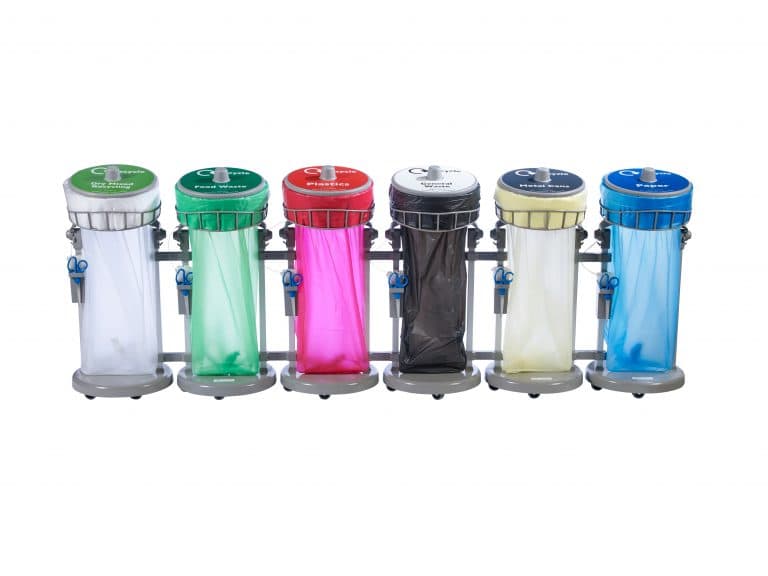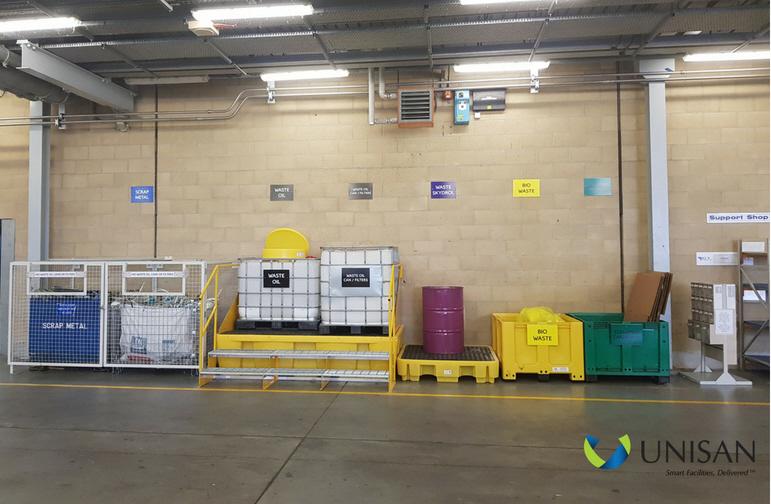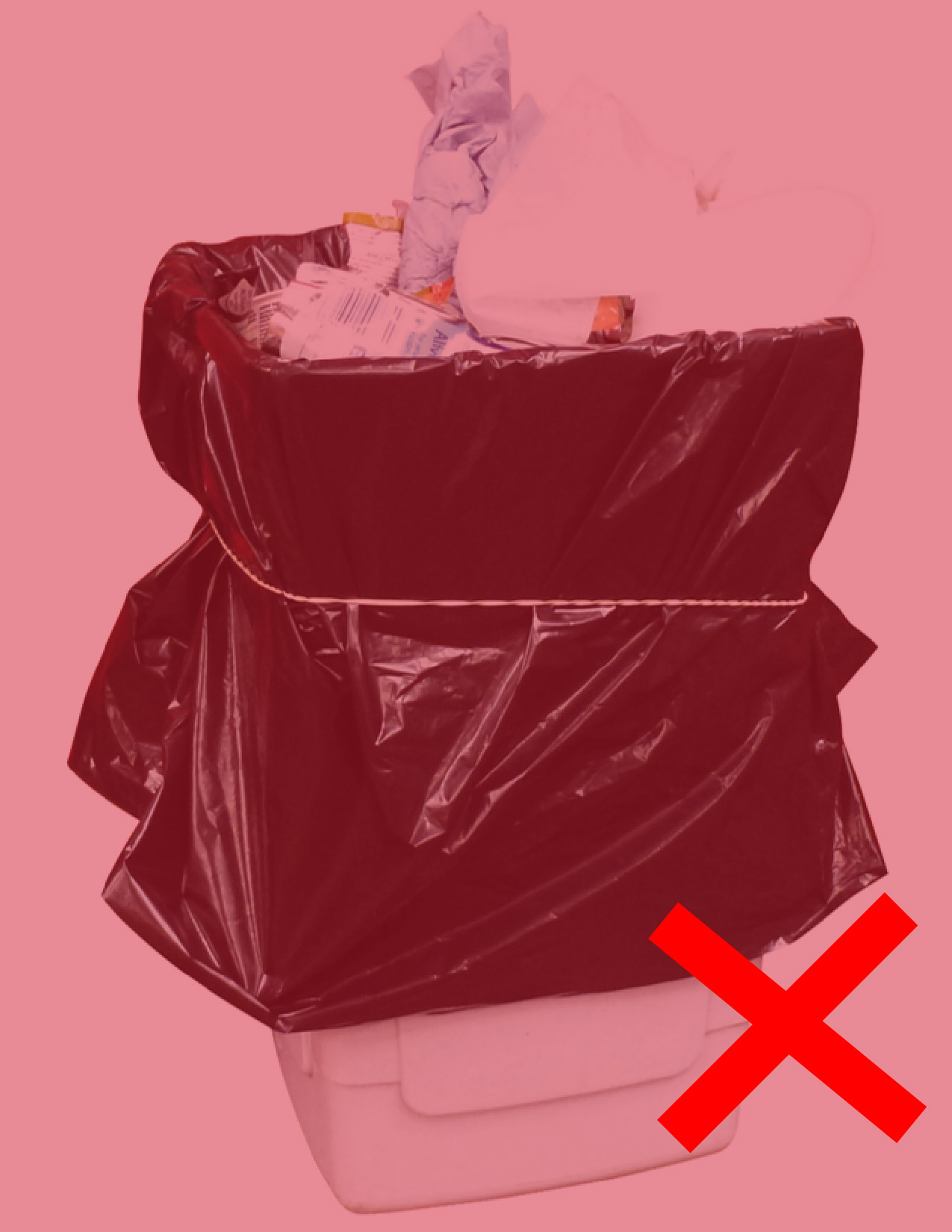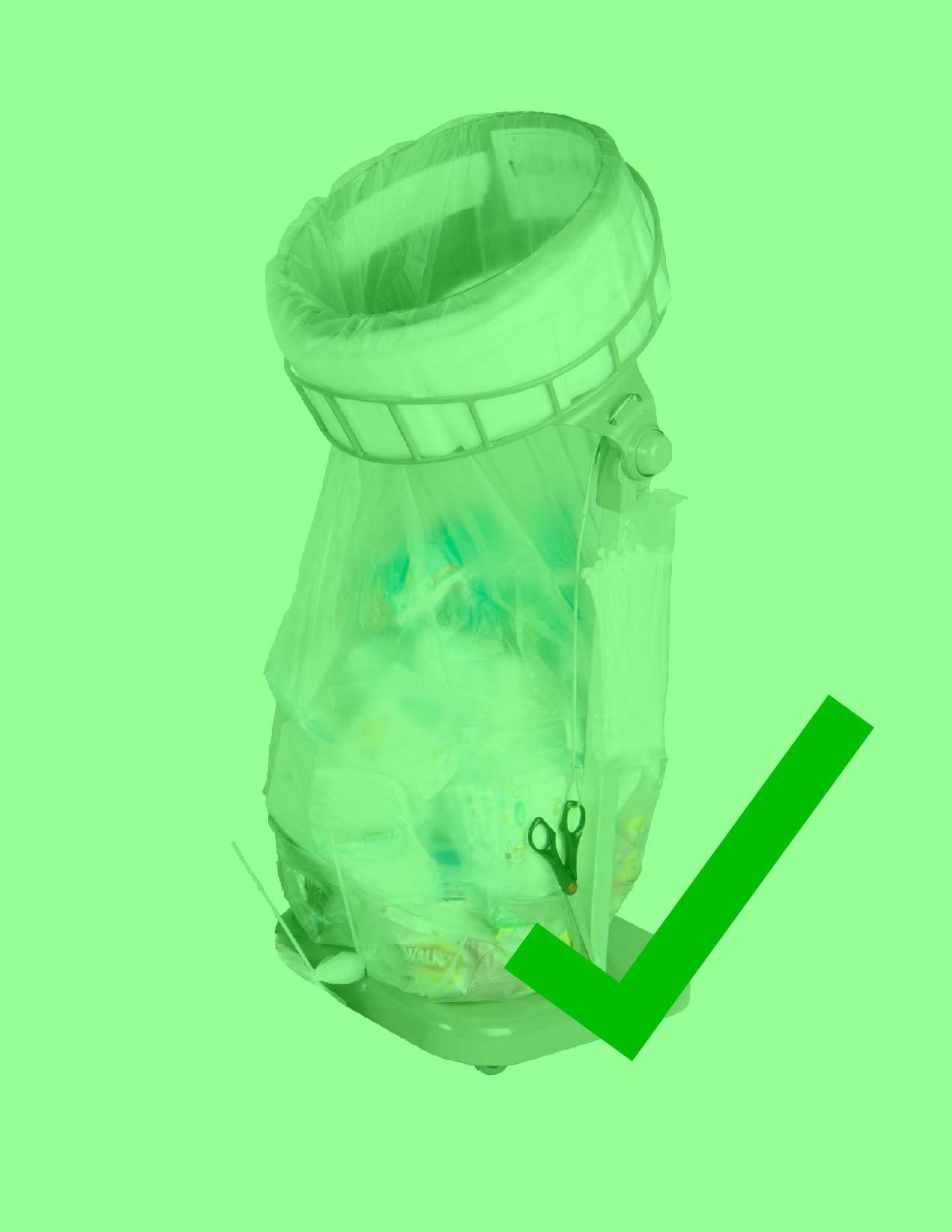
Waste management is a very overlooked process in most businesses. It is inherently inefficient, wasting both time and money, and most of all, it’s usually not environmentally friendly.

Applying the 8 Wastes to waste.
Some of you might already know your 8 wastes, but if you don’t, to put it simply, they’re a lean principle designed to help organisations see waste in every process of the business and all the day-to-day activities.
Now let’s apply them to your waste management process.
Here are 3 tips to help you make your waste management more lean.
1. Stop waste at source.
The first of the 8 wastes is over-production, and this leads to all other 7 wastes. Are you over-producing waste? Can you stop producing so much waste? This applies to all aspects of business; office, factory and warehouse. Here are a few ideas to reduce your waste production:
- Use a reusable coffee cup instead of single-use paper ones
- Think before you print
- Re-use your plastic drinks bottle
- On the factory floor, can you reduce rejects, off-cuts, and other excess material which goes to waste?
- Can you re-think the way to package your products to reduce wastage?
Lowering the amount of waste you produce will reduce time spent emptying bins, free up time for your employees, and reduce your waster collection costs.
2. Create a central hub.
We’ve spoken before about creating a recycling station in your office, but this method doesn’t only apply there. You can apply it to your warehouse, factory, distribution centre or anywhere else, and it doesn’t just have to contain bins.
Check out this example from a British Airways shop floor and hangar.

This is a perfect example of a recycling station that has been created from the ground up specially for British Airways. Every production process is different, so each recycling station should be unique. How can you improve your waste management through building a hub like this?
Take the time to make sure this station is as lean as it can be. Have everything needed on hand – new liners, etc. – to reduce wasted motion. Make it hygienic and easy to clean to reduce time spent cleaning, and above all.
3. FILL your bags!
 |
This is much harder than it sounds; bags that seem full when they’re in a bin suddenly become half empty once you take them out. This is usually because the bin is too narrow for the liner, meaning in doesn’t have room to expand as it gets filled. Another reason is that a lot of the liner is folded over the top of the bin. Either way, half-empty liners mean your bins get emptied twice as often as necessary, therefore taking up double your staff’s time, double the resources and double the cost. |  |
Set up your recycling station to ensure that bags aren’t wasted – make sure that the bins are big enough to fit a full liner in them, and fix them in a way that makes sure there is no wasted liner folded over the top.
For some inspiration, check out this video of a proven lean waste management system; the Longopac continuous liner system.
Above all, remember that the whole spirit of lean is continuous improvement; your waste management will never be perfected, but you will be surprised at how the simple, small improvements will make a big difference to your processes.
Keen to learn more?
